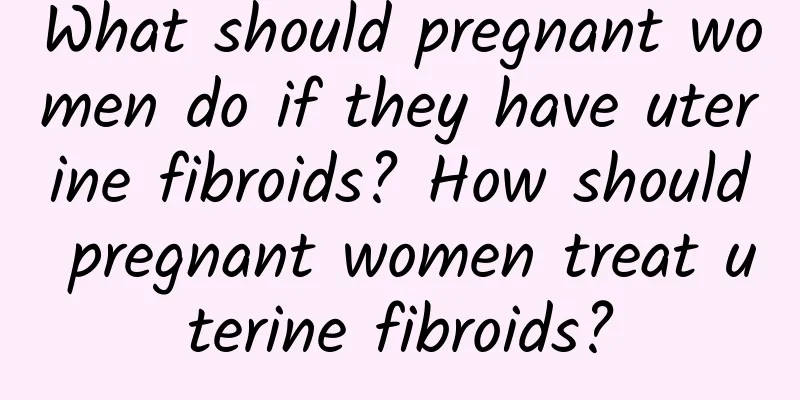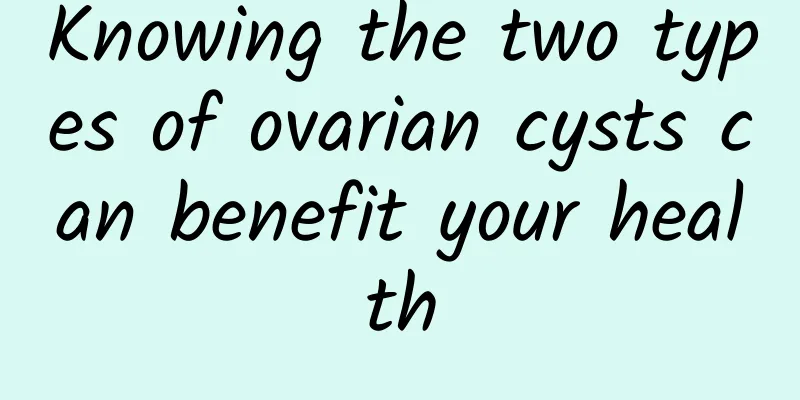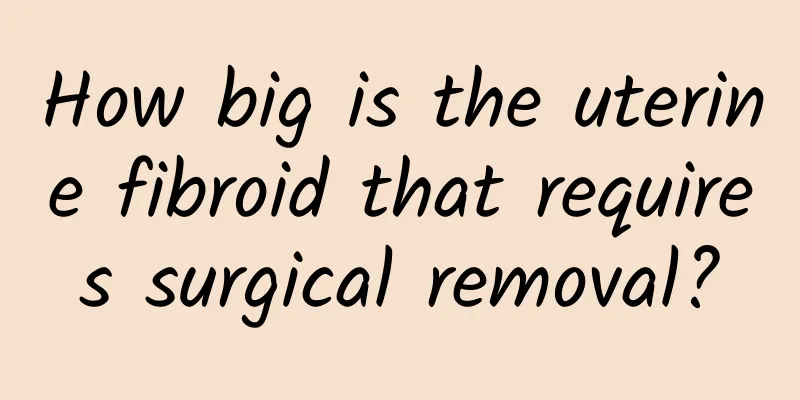What should pregnant women do if they have uterine fibroids? How should pregnant women treat uterine fibroids?

|
I believe that female friends are no strangers to uterine fibroids. Uterine fibroids are actually a gynecological disease, but its frequency is quite high. Some women suffer from uterine fibroids during pregnancy, which is a very painful thing. What should pregnant women do if they suffer from uterine fibroids? Let's take a look! pregnancy: Pay attention to whether uterine fibroids grow as the uterus grows. Uterine fibroids are an object that grows in the uterus like a tumor. 30%~50% of women over 30 years old may have uterine fibroids. The size and growth location of fibroids vary. Therefore, the problems during pregnancy will also be different. Since uterine fibroids tend to grow larger in the second trimester, if the size of the fibroids exceeds 5 cm in early pregnancy, you should pay attention to the risk of miscarriage and premature birth, and some cases require rest. In addition, if there are fibroids near the placenta, you should pay more attention to observe whether the placenta functions normally. childbirth: If the uterine fibroids are too large or block the birth canal, a cesarean section is required. Uterine fibroids can grow in many locations, but only if they grow in the cervix will they have a certain impact on delivery. Although this is rare, once it occurs, a cesarean section is required to ensure the smooth birth of the child. Natural delivery or cesarean section should be determined after 37 weeks of pregnancy by observing the location and size of the uterine fibroids. If there are uterine fibroids, the uterus is likely to be unable to contract during delivery, and postpartum bleeding may occur. Postpartum: Uterine fibroids will shrink on their own. After delivery, the uterus will slowly shrink to the same size as before pregnancy, but the presence of uterine fibroids may hinder the contraction of the uterus. Therefore, you should pay attention to the contraction of the uterus for a period of time after delivery. In addition, most uterine fibroids will automatically reduce in size after delivery. So there is no need to rush to remove them by surgery, but be sure to have regular health checks. |
>>: What should I do if I have uterine fibroids? What are the common symptoms of uterine fibroids?
Recommend
What to do if you have stomach pain after miscarriage?
What to do if you have stomach pain after miscarr...
Traditional Chinese medicine can treat abnormal leucorrhea
Abnormal vaginal discharge can be improved throug...
What are the causes and symptoms of multiple uterine fibroids?
Multiple uterine fibroids are a common disease am...
What is the difference between endometriosis and adenomyosis?
The differences between endometriosis and adenomy...
How to treat uterine fibroids How to treat uterine fibroids
Uterine fibroids are one of the important reasons...
What is the cause of cervical warts
Cervical warts are a common sexually transmitted ...
Don’t be afraid of getting fat even if you eat 6 meals a day! Eat healthy like this
We don’t need to elaborate on how important eatin...
What medicine should I take for breast pain before menstruation?
What medicine should I take for breast pain befor...
Detailed discussion on preventive measures for cervical erosion
Cervical erosion brings great pain to women. Whil...
How much does it cost to get tested for endometriosis?
As our living standards continue to improve, our ...
Analysis of several common causes of dysmenorrhea
According to the survey, many patients with dysme...
What kind of disease will it be if the menstruation lasts for 10 days?
What kind of serious illness will it be if your m...
How terrible is hyperprolactinemia during pregnancy?
Prolactin is a polypeptide hormone, also called p...
Treatment of adenomyosis
Generally speaking, adenomyosis refers to the end...
What is the most serious harm of cervical warts?
It is difficult to explain the harm of cervical w...









